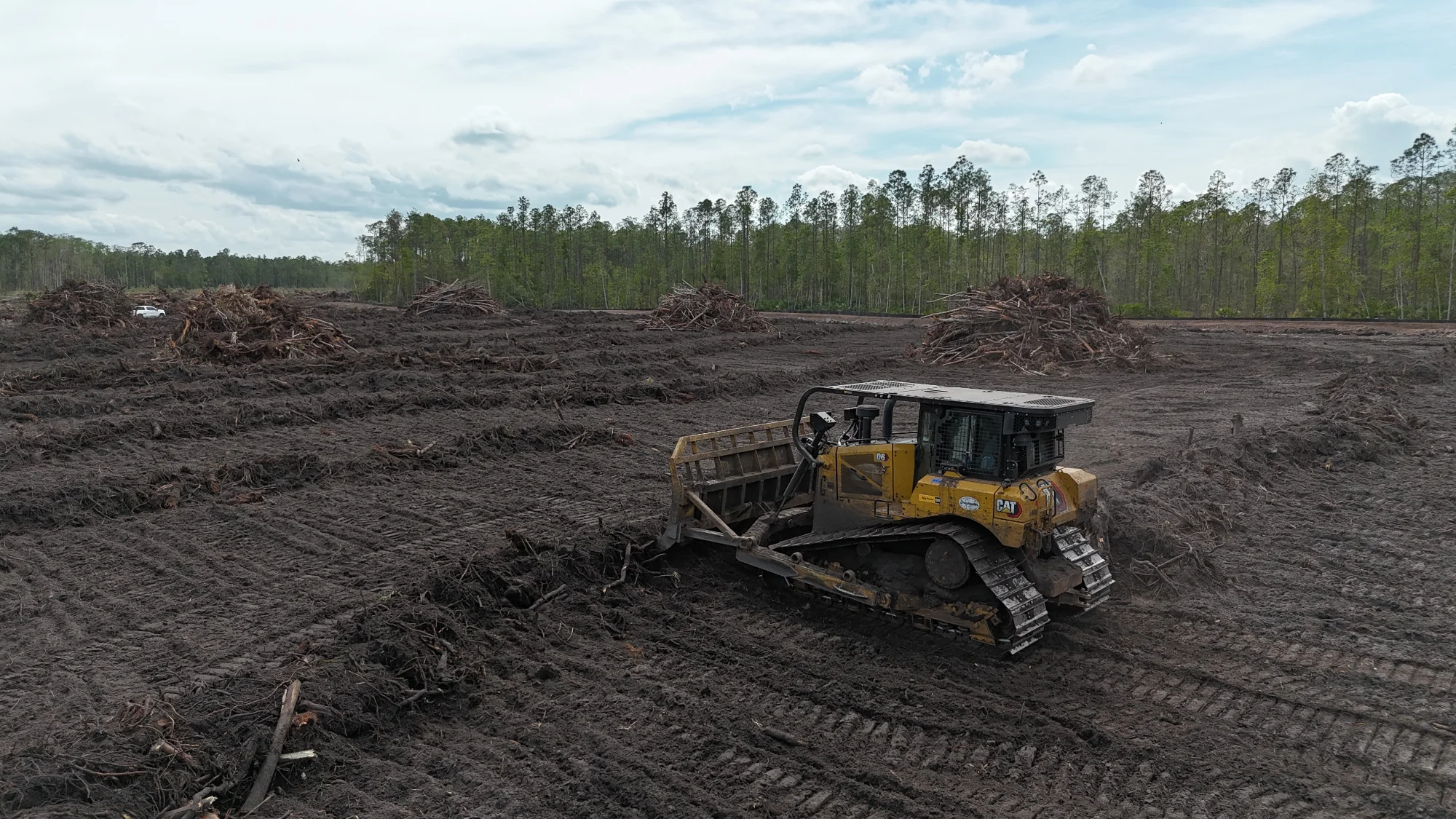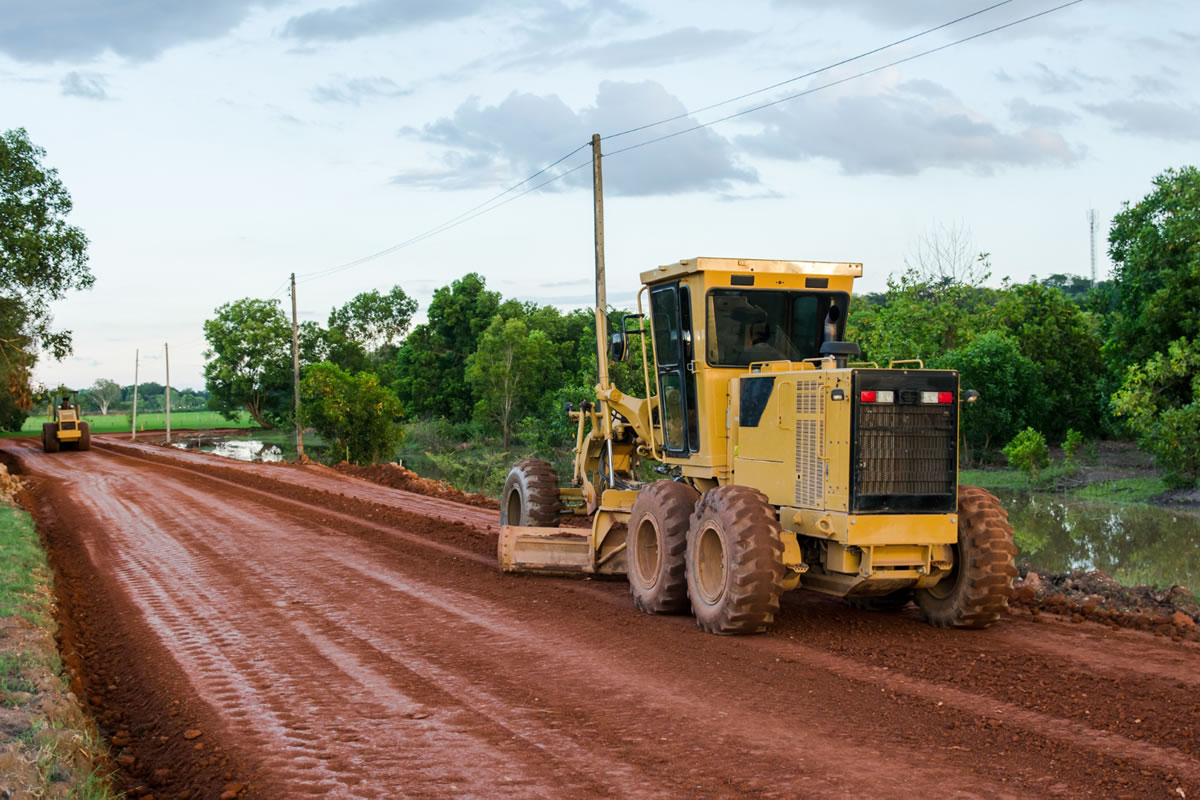

Soil erosion is a natural cycle that happens to land all over the world. However, according to our experts on land clearing in Oviedo, there are things we can do to reduce its impact.
Planting grasses, trees, and shrubs is an excellent way to curb soil erosion naturally. The roots from such plants help hold the topsoil in place against subsurface water flow by serving as a solid barrier against coursing water. In addition, the vegetation softens the force of raindrops falling from the sky and restricts surface runoff.
Groundcovers, like ivies or clovers, are popular for reducing soil erosion. They multiply, and their solid and spreading roots make it challenging for the soil they're planted in to wash or blow away. Likewise, grass roots grow fast and stretch deep into the soil.
Shrubs and trees are also excellent alternatives. While these may take a bit longer to grow, their powerful roots will hold soil in place deep below the surface.
In addition to holding soil in place, vegetation can act as a filter, keeping contaminants and sediment out of waterways.
One way to reduce erosion is to flatten the slanted land that encourages it. You can stabilize the land by cutting and restructuring the ground and eliminating existing slopes. By leveling off slopes with the help of retaining walls, you can help keep soil in place. Retaining walls break up steep slopes, slowing soil erosion driven by storm runoff.
If rain runoff and stormwater is the primary cause of erosion on your property, you'll want to create a strategy for diverting it to proper channels. For example, rainwater chutes and runoff pipes can be constructed and installed to change the flow of runoff and divert it from places prone to erosion. From there, these pipes and chutes can lead the water to a certain area that can adequately manage the runoff, like a retention basin or rain garden. These will retain the rainwater and filter out particulates.
Erosion fences are used to hold ground particulates roughly in one area. Some fences are wooden stakes kept together by wiring, like those you'd anticipate seeing on a beach. They can also be composed of plastic or mesh material kept upright with poles. While fences alone won't completely prevent erosion in this area, as particulates will still move around against the fence, it will help hold the soil in a specific area. This can be quite helpful to keep particulates from blowing out onto roadways or into buildings or stop stormwater runoff from carrying pollutants into waterways.
Erosion fences are also utilized on construction sites to stop dirt and gravel from blowing around or flowing downhill and into waterways. These are provisional and will be removed once more enduring erosion control solutions are installed and the loose dirt is protected with vegetation.
Another often-used technique for keeping erosion under control on a building site is silt socks. These are constructed so compost and mulch can blow into a mesh tube. Then, wooden spikes are hammered into the sock to help hold it in place. Silt socks come in various sizes and lengths and can sift water runoff. Once the project is finished, the mulch and compostable material can be worked into the ground, making for a fast cleanup. Some job sites will use just erosion fences, just silt socks, or a mixture of both, depending on the local conservation district's policies and the site's layout.